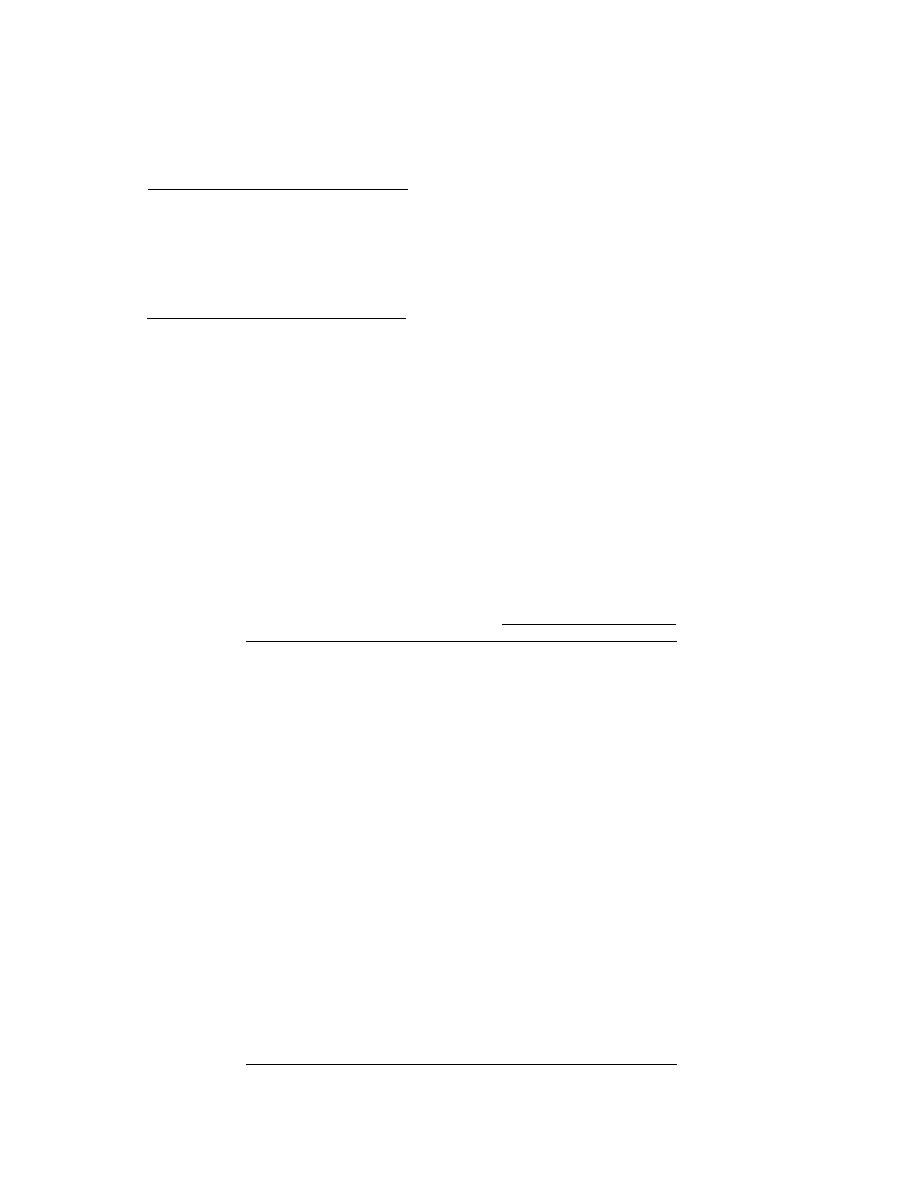
Table 13. Estimated k values used in
of days to drain to any drainage level. None of the
analysis.
FAA specified base or subbase materials meet the
COE criteria. However, for thicker bases (> 60
Percent
Material
passing
Permeability*
cm), this criterion could be met (or nearly met) if
type
no. 200 sieve
(cm/s)
the fines levels were below 3%. According to the
2.12 103
results of this analysis, P-213 is fairly imperme-
P-154, P-208, P-209
3
3.00 104
5
able, so this type of base material should not be
2.82 105
10
used in seasonal frost areas.
1.41 105
15
As one would expect, the drainability of the
8.82 105
P-213
3
base and subbase affects the resilient modulus
3.53 106
5
(Mr) of the layers. As the moisture content de-
1.76 107
10
3.00 108
creases, the resilient modulus of the material will
15
increase. Other factors that directly or indirectly
* 1 cm/s = 0.033 ft/s.
affect the resilient modulus are temperature,
uration level of 80%. As mentioned earlier, once
permeability, angularity, and percent fines in the
the degree of saturation is below 85%, base courses
mixture. Our limited data show that the change in
tend to become stable again. The COE criterion for
Mr of bases or subbases during thaw-weakening is
drainage layers is that 50% drainage should take
dramatic. A typical resilient modulustemperature
place within 10 days, thus the choice of 50%. The
relationship for base and subbase material is
99% level describes the base course as being com-
shown in Figure 17 (Cole et al. 1987). As the
pletely drained.
temperature increases (as during spring thaw),
The effect of fine content on the drainability of a
the resilient modulus of the subbase and base
61-cm-thick (24-in.-thick) base or subbase layer is
course materials at Albany County Airport, New
shown in Figure 16. Clearly, the results show that
York, changes by a factor of 100.
as the fines content increases so does the number
The pavement structure under taxiway A at
Table 14. Basesubbase drainage.
Percent
Material
passing
Thickness*
Number of days to drain
type
no. 200 sieve
(cm)
U = 20% U = 50% U = 99%
P-154, P-208, P-209
3
15
10
42
353
61
4
23
350
152
2
12
295
15
71
295
2,492
5
61
31
163
2,473
152
15
85
2,079
15
754
3,129
26,480
10
61
329
1,733
26,271
152
156
902
22,092
15
1,508
6,258
52,960
15
61
658
3,466
52,542
152
313
1,804
44,183
P-213
15
320
1,327
11,226
3
61
139
735
11,137
152
66
382
9,365
15
7,991
33,164
280,641
5
61
3,486
18,367
278,429
152
1,657
9,562
234,133
15
159,821
663,281
5,612,815
10
61
69,727
367,340
5,568,590
152
33,137
191,238
4,682,654
15
940,124
3,901,656
33,016,560
15
61
410,160
2,160,821
32,756,409
152
194,922
1,124,929
27,545,025
* 1 in. = 25.4 mm.
20



 Previous Page
Previous Page
